When I started taking pictures at about age 8 my mother and I would take the roll of Verichrome Pan I shot with my Kodak Brownie 127 to Walgreens and in a few days would go back to pick up the envelope containing the little deckle edge glossy prints. The negatives were in the envelope too but I wasn’t particularly interested in them. Later, at home when I had the little prints spread out on the kitchen table my father would invariably say, “save those negatives. you never know” or words to that effect. He had been an enthusiastic amateur photographer before WWII and it turns out he knew what he was talking about.
Soon after I took those first pictures our family began a long series of house moves that were disruptive enough to put an end to my early efforts with photography. And, sadly, many of those early prints and the envelopes containing the negatives were lost somewhere along the way.
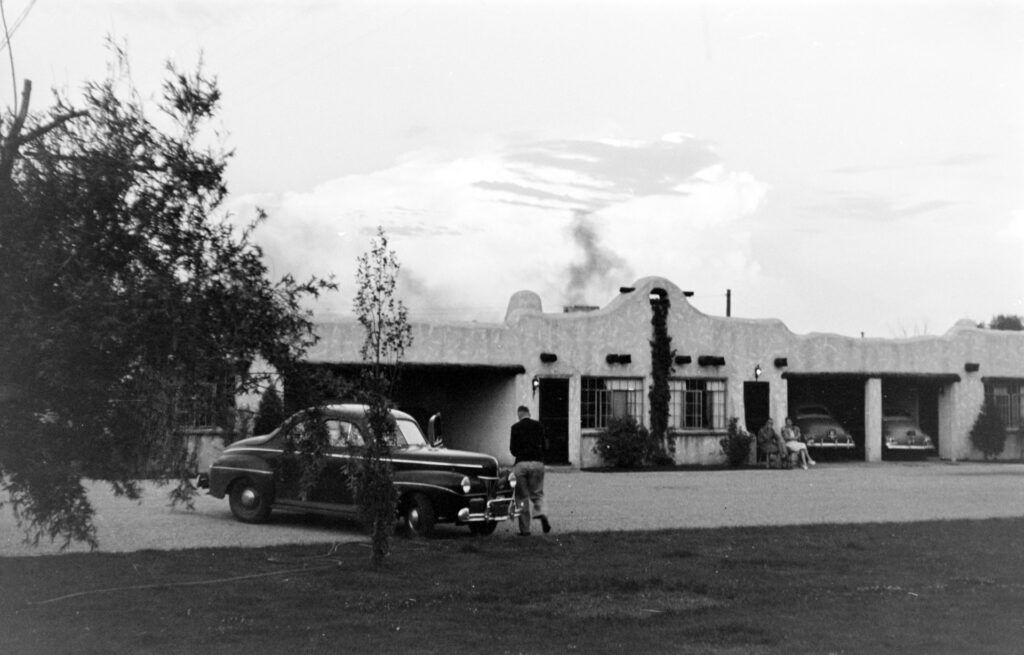
The third of the three high schools I attended was close enough to New York City that I was able to take the New York Central into the city to visit the museums. In addition to the Museum of Natural History and the Metropolitan Museum of Art I took my mother’s advice and visited the Museum of Modern Art on 53rd Street. It was the first time I had seen photographs treated as serious works of art. I started taking pictures again, mostly with an old pawn shop Rolleiflex but also occasionally with my father’s 35mm Certo Dollina. I had the negatives developed and printed by a local camera shop, and I took care to put the negatives safely away.
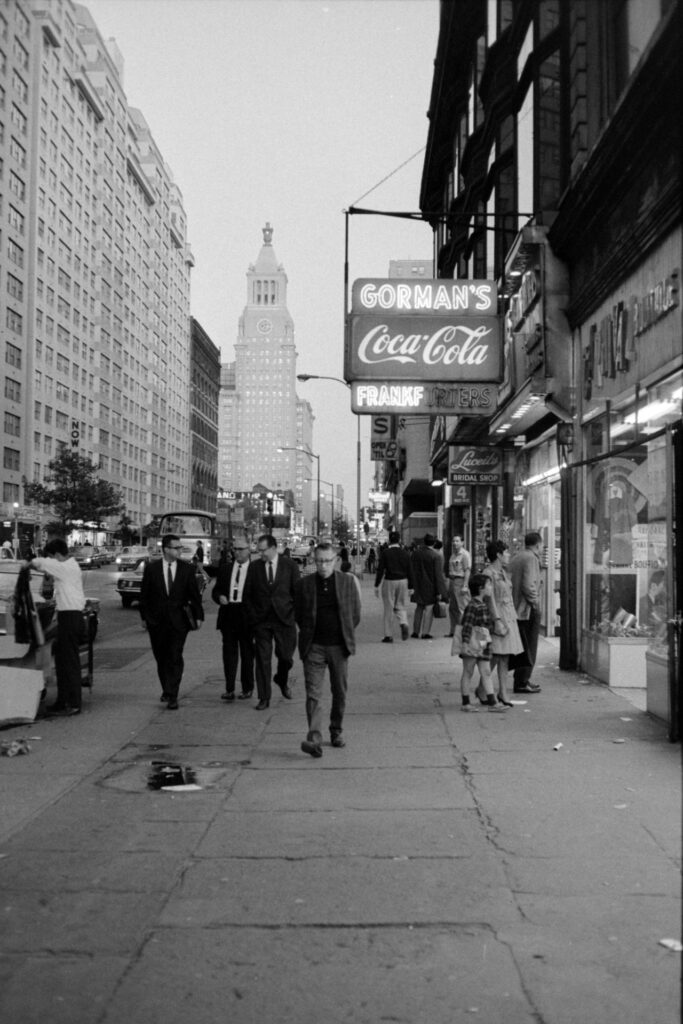
When the family moved again I stayed behind in the New York City area and eventually moved to the New Jersey shore where I have lived and continued taking pictures for the past 50+ years. I had a darkroom for a few years but I found it too time consuming and switched first to shooting slides and then to digital in about the year 2000. After about ten years of that I found I missed shooting film and started shooting Ilford XP2 film and having it developed and scanned at Walgreens. Sound familiar?
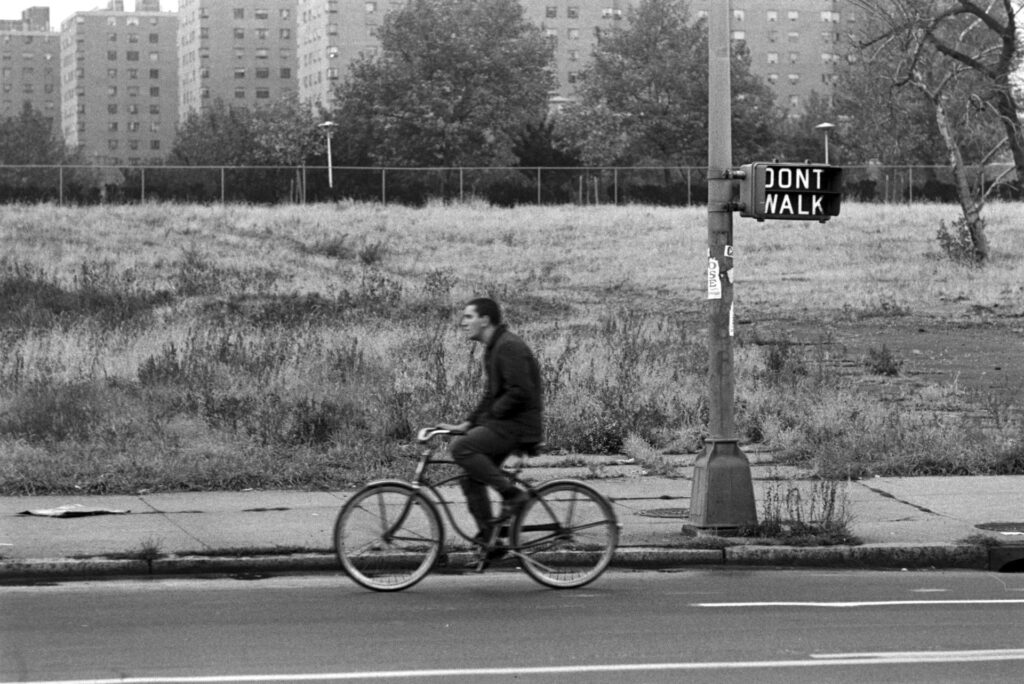
But this time I was making my own inkjet prints at home. All was well until October 29 2012 when Superstorm Sandy knocked out the power on the Jersey Shore for weeks and the Walgreens photo department never recovered. I got my old film developing equipment out of the basement, bought a Canoscan 9000F, and began the hybrid film/digital photography I continue to this day.Along with scanning and printing my new negatives I went back in time and started scanning and making “contact pages” of all of my old negatives going back to the early 1960’s. And, as if that wasn’t enough, the extended family decided that I should be the caretaker of my father’s negatives dating back to the mid 1930’s. I enjoy rescanning my older negatives and my father’s and making inkjet prints for the family and friends. And I have lots and lots of negatives to choose from.
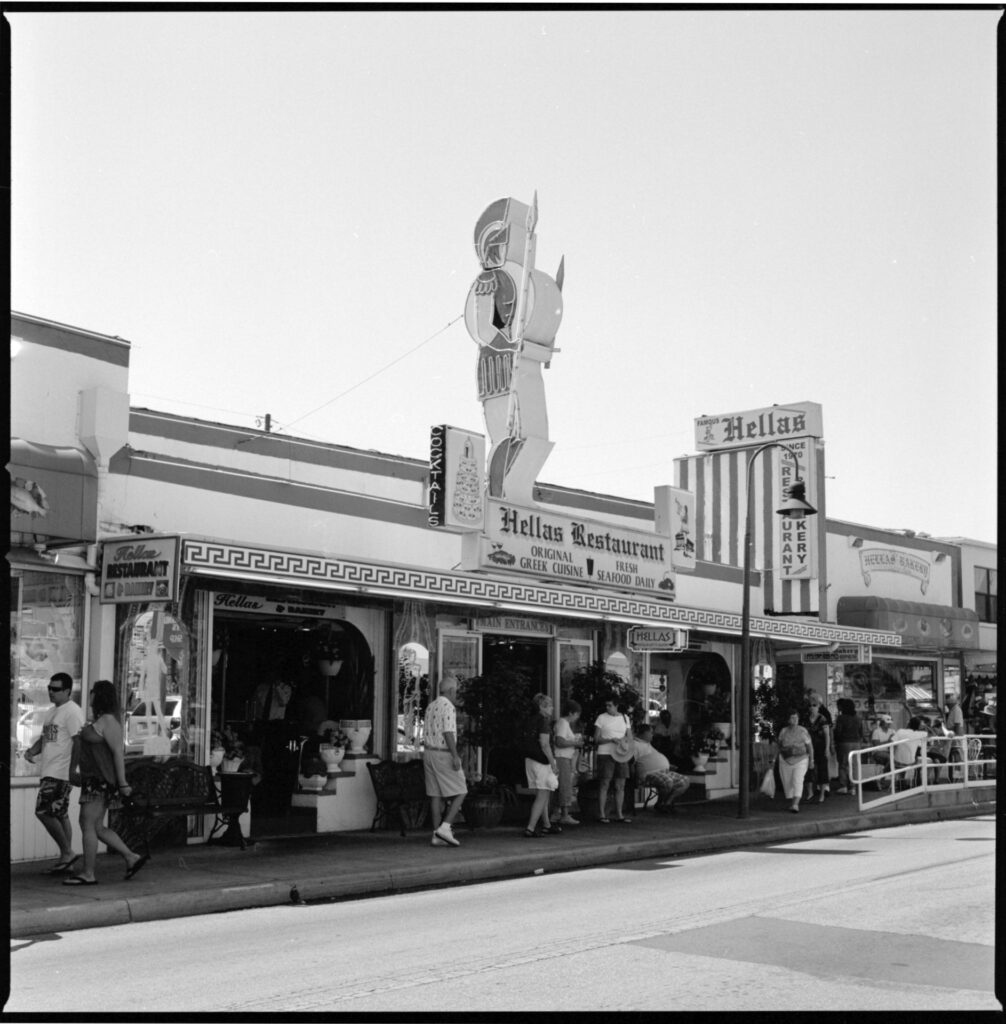
Thinking ahead, none of my children or grandchildren have shown an interest in my negatives and it would be easy to assume that my working with them is a dead end. But I had no particular interest in my father’s negatives while he was living but if he had not saved them I would not have the photograph below of myself as an infant with my grandparents. It hangs on my workroom wall.
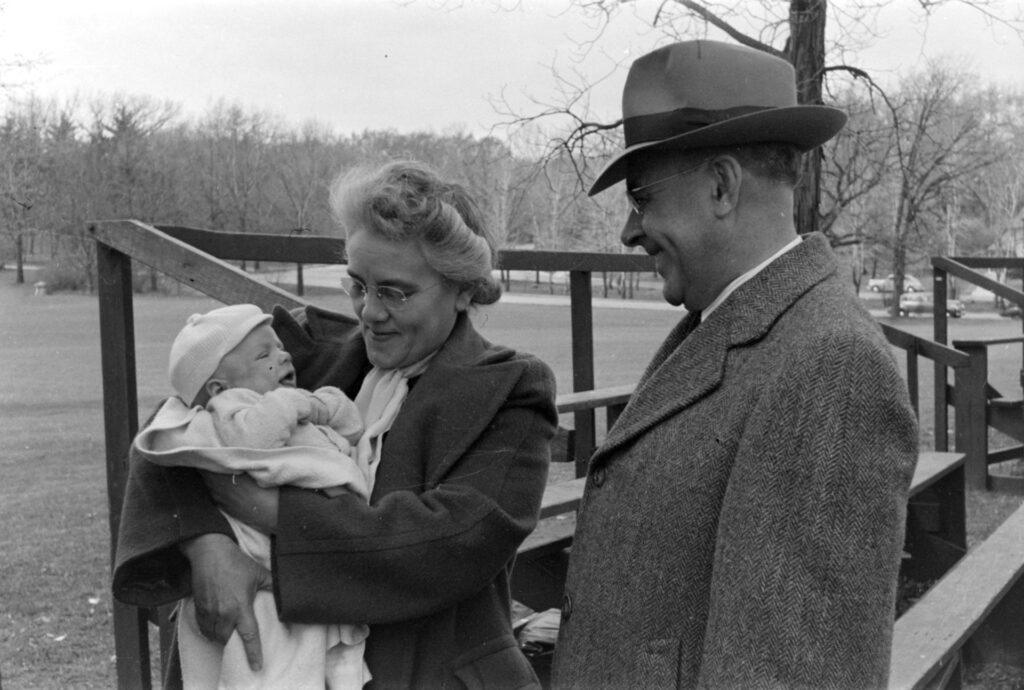
So my personal plan, and my advice to film photographers remains the same. Save those negatives. You never know.
Share this post:
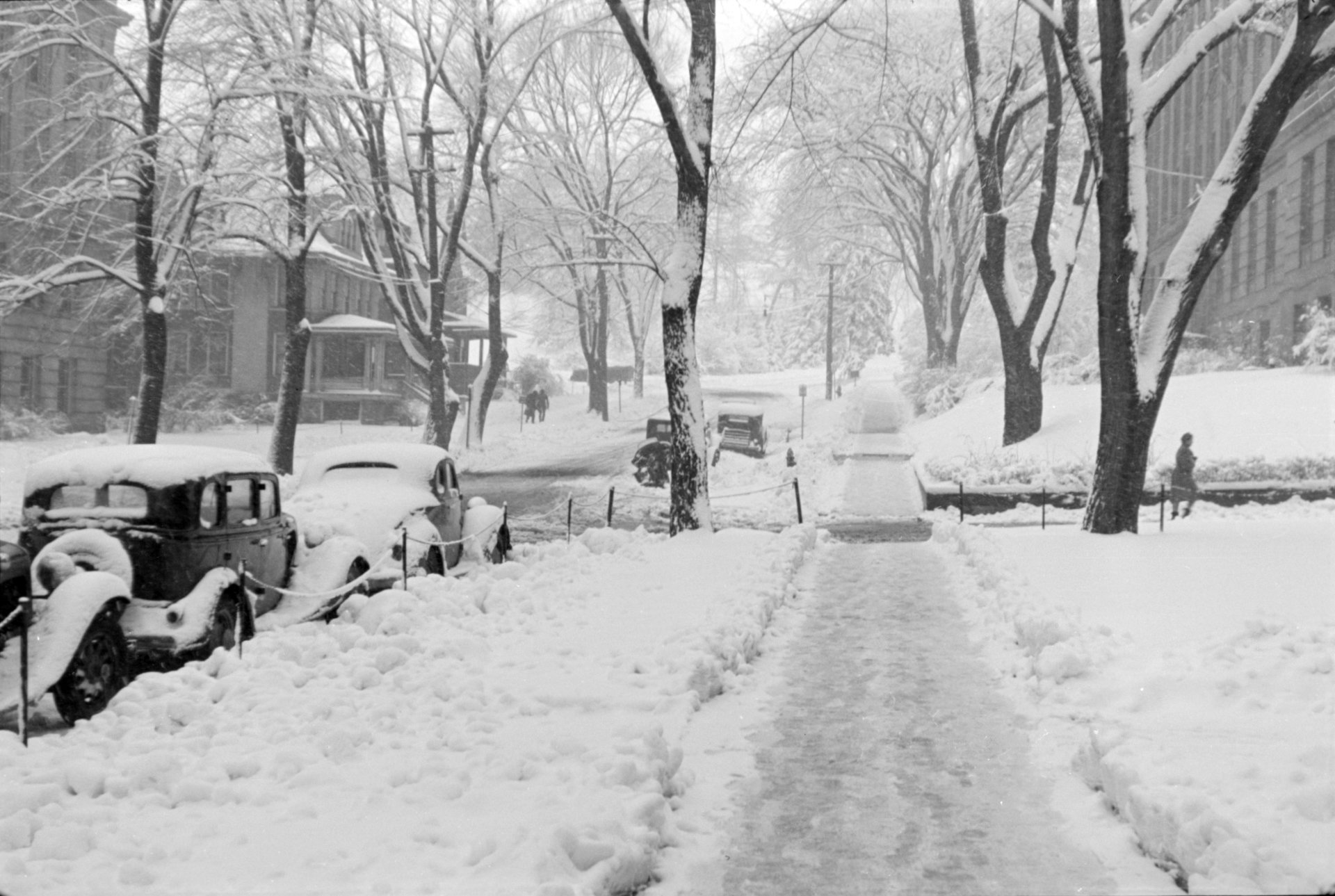
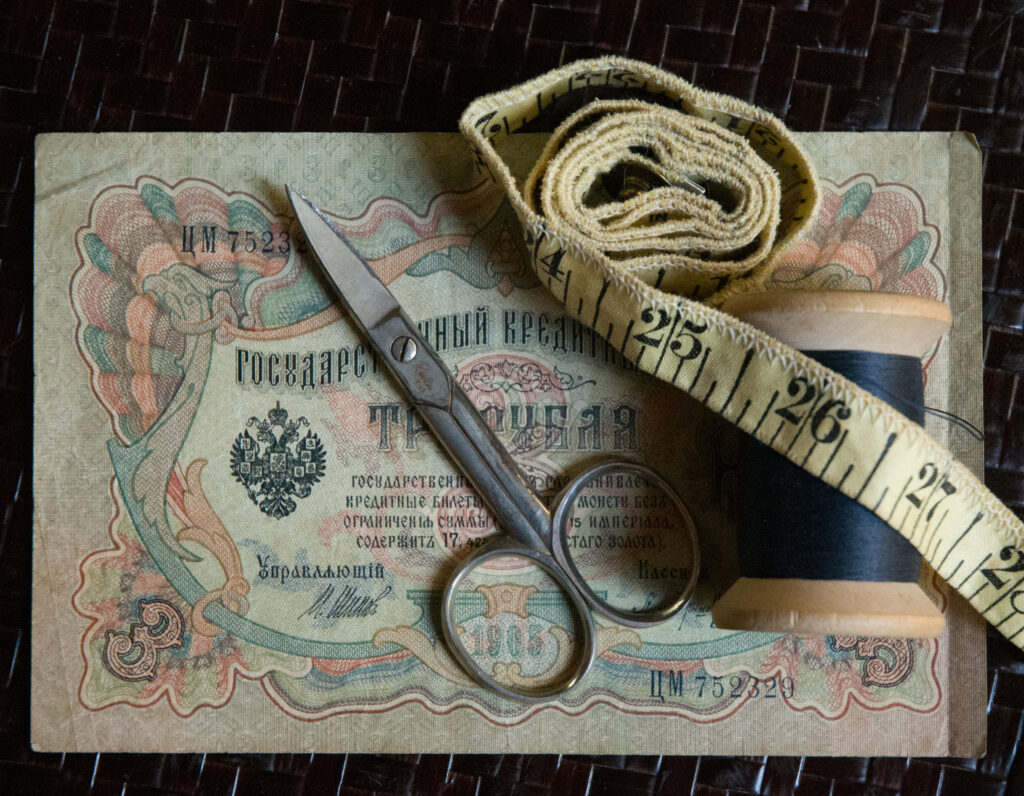
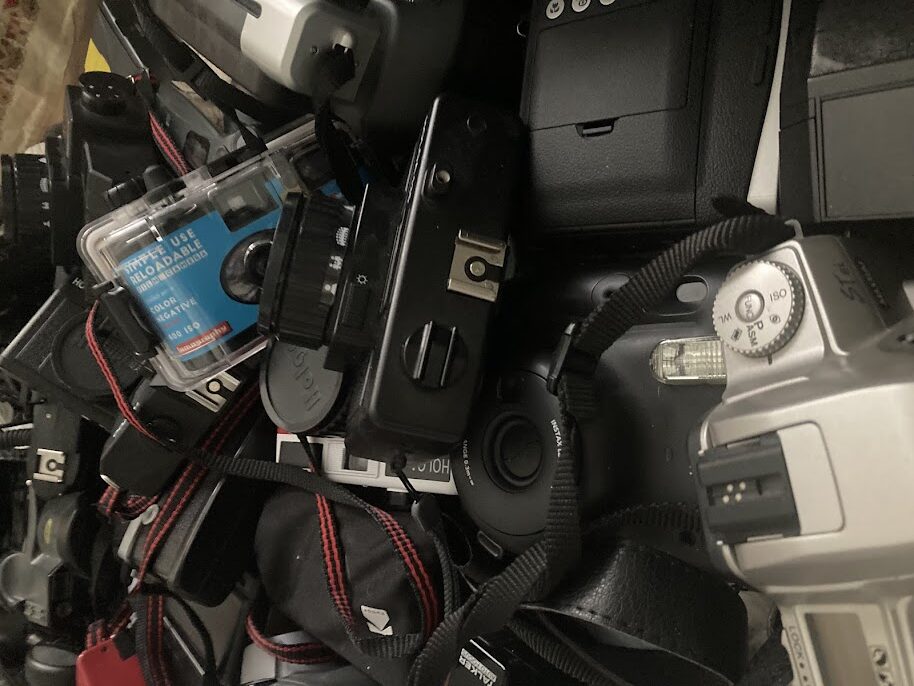
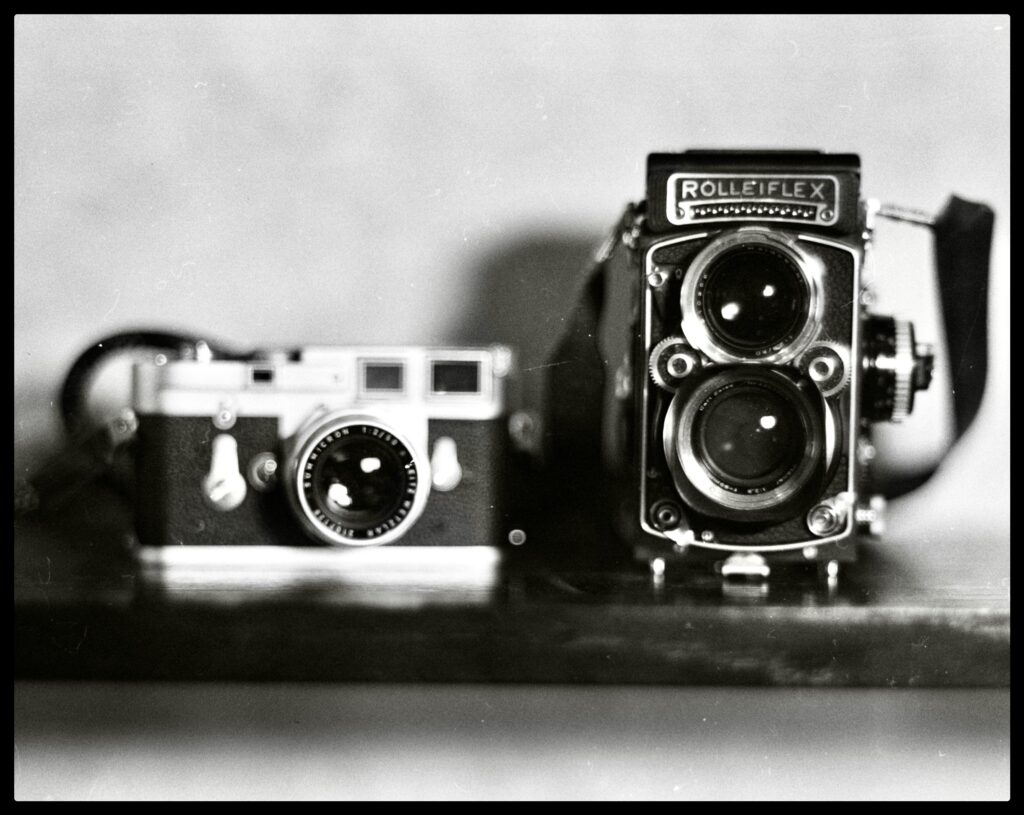
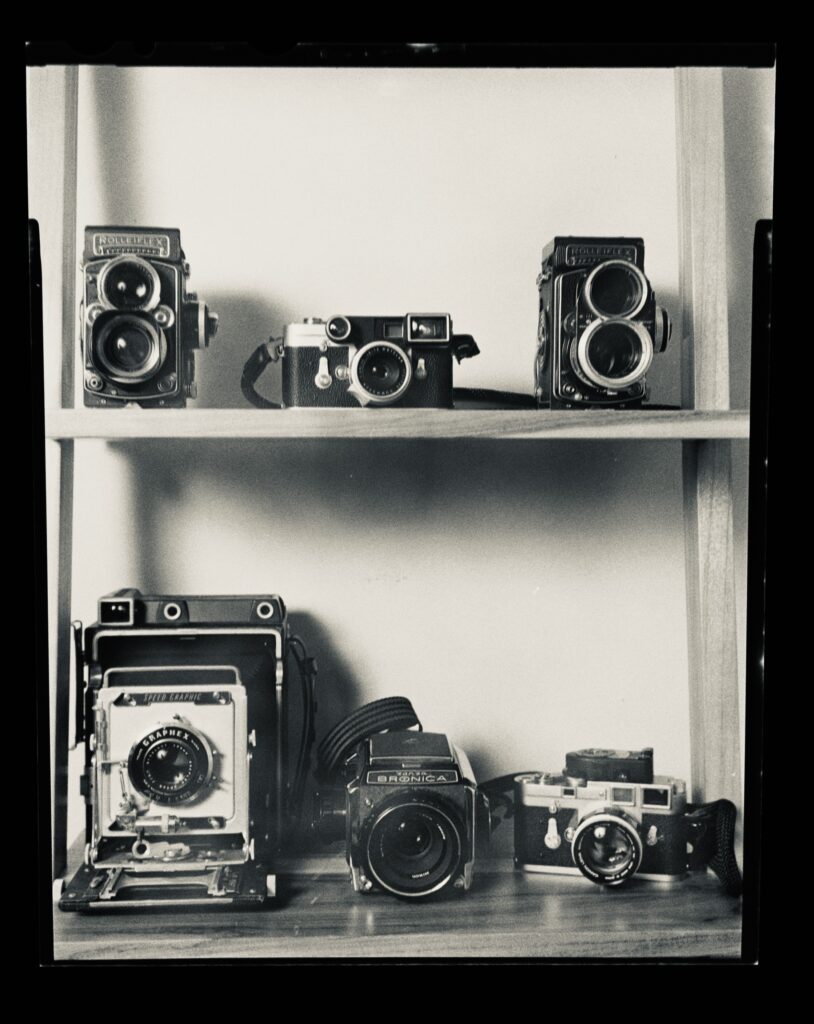




Comments
John Bennett on Save those negatives. You never know…
Comment posted: 10/07/2024
Pity.
Speciality darkrooms do, of course, but I have heard that some clients say. "Oh, just toss those." What? Pity, too.
Once you get the hang of developing & scanning at home, it's fun and not that much work.
And you have complete control over your negatives!
Comment posted: 10/07/2024
James E. Langmesser on Save those negatives. You never know…
Comment posted: 10/07/2024
Comment posted: 10/07/2024
Jeffery Luhn on Save those negatives. You never know…
Comment posted: 10/07/2024
Comment posted: 10/07/2024
Comment posted: 10/07/2024
Comment posted: 10/07/2024
Comment posted: 10/07/2024
Ralph Turner on Save those negatives. You never know…
Comment posted: 10/07/2024
Comment posted: 10/07/2024
Malcolm Myers on Save those negatives. You never know…
Comment posted: 10/07/2024
I keep all my negatives, but I am trying to store them more efficiently, especially those that are not that important, as they do take up a lot of space in binders. I am slowly trying to scan everything, but it will take several years to finish (it's not a priority yet). Hopefully I have a few decades left before I shuffle off, so I should get it all done in time for my children to ... mostly ignore them I suspect!
My main aim now is to create USB sticks of film and digital scans and give them to the subjects NOW, rather than hope that someone will go through my archive when I'm gone and sort them all out. Because that won't happen.
Comment posted: 10/07/2024
Jukka Reimola on Save those negatives. You never know…
Comment posted: 10/07/2024
Comment posted: 10/07/2024
Art Meripol on Save those negatives. You never know…
Comment posted: 10/07/2024
Comment posted: 10/07/2024
Abdrew on Save those negatives. You never know…
Comment posted: 10/07/2024
Comment posted: 10/07/2024
Comment posted: 10/07/2024
Comment posted: 10/07/2024
Comment posted: 10/07/2024
Terry Tsang on Save those negatives. You never know…
Comment posted: 10/07/2024
I've been saving all my negatives in paper sleeves and digitising everything and getting them all labelled correctly so I know where they came from. Although it can be a laborious task it's actually been quite fulfilling.
Comment posted: 10/07/2024
Roger on Save those negatives. You never know…
Comment posted: 10/07/2024
Thanks for a thoughtful post.
Comment posted: 10/07/2024
David Dutchison on Save those negatives. You never know…
Comment posted: 10/07/2024
There's one more thing about negatives. If you ever find yourself in the unpleasant position of seeing one of your images being used without your approval or consent (a not uncommon occurrence these days), possession of the physical negative is a pretty solid terminator of the argument in your favour.
Comment posted: 10/07/2024
Marcus Gunaratnam on Save those negatives. You never know…
Comment posted: 11/07/2024
Comment posted: 11/07/2024
Myles on Save those negatives. You never know…
Comment posted: 11/07/2024
I'm one for keeping negatives, the rare occasions I have a film lab developed and scanned I always pay the extra to get the negs back. I more often use a lab for dev & print and then a scan as well who always send the negs back with the prints. Neg storage does get difficult and I should be more ruthless in throwing out those home developed B&W negs that are as good as ruined due to camera faults or my fault in the developing process - it would save some space in the ring binders.
We have various memory cards and HDD backs up of digital camera family snap shots which I can't see being a long term solution (I must look at a better storage solution for these!). As one of the above replies said giving digital copies now to the people that matter to us is a good idea and I've being doing this over the last few years.
Comment posted: 11/07/2024
Steviemac on Save those negatives. You never know…
Comment posted: 11/07/2024
We live in a strange time when what were once certainties have become a battleground for revisionists, often with an ulterior and malign intent. Terms such as post truth (a non sequitur if ever there was one) have now gained traction in every facet of life. There's nothing like an original record of something, especially a photograph, for debunking those more outlandish notions and keeping a balanced sense of reality.
So, to me you are a hero, even if you've never thought of yourself as such. In your own small way you're preserving that which was lost or forgotten. Long may you continue your work.
Comment posted: 11/07/2024
Bill Brown on Save those negatives. You never know…
Comment posted: 11/07/2024
Over the coming decades I think the images that will last are the ones where the physical negative or slide still exist. Non-techi types (family members) will not go to the work of figuring out how to migrate all the digital files to current technology. I am personally struggling with this very thing concerning all the scanned and prepped images I have completed since 2007. I have terabytes of Lacie rugged drives that need to be moved to new current USB-C/thunderbolt connectivity. My wife and daughter won't do it that's for sure. The key to longevity for images is to place them in as many different hands as possible just as one commenter said he is doing.
Someone has to look beyond the next instagram post and that will be all of us 'old timers' holding on to our outdated ways and tech. To use a couple phrases from our day "Hang in there" and "Keep on truckin' ". Thanks for the story.
Comment posted: 11/07/2024
Ibraar Hussain on Save those negatives. You never know…
Comment posted: 12/07/2024
Thank you
Comment posted: 12/07/2024
Bob Dungan on Save those negatives. You never know…
Comment posted: 13/07/2024
Comment posted: 13/07/2024
Thomas Slatin ️ on Save those negatives. You never know…
Comment posted: 13/07/2024
Comment posted: 13/07/2024
Alexander Seidler on Save those negatives. You never know…
Comment posted: 14/07/2024
Comment posted: 14/07/2024
Joseph Irvin on Save those negatives. You never know…
Comment posted: 14/07/2024
Comment posted: 14/07/2024
Jeffery Luhn on Save those negatives. You never know…
Comment posted: 24/07/2024
This has been a fascinating topic for all of us! Just a word about Kodachrome: I scanned about 3500 Kodachromes and was very unhappy to discover that many had been damaged by a destructive insect here in California called 'Silverfish.' Awful little pest that laid eggs on Kodachrome and emerging larvae ATE THE EMULSION!!! This was very common in my Kodachromes stored in trays, but also those in ZipLoc baggies!!! The pests ate holes in the baggies!!! No bugs attacked any other film emulsion. For me, with about 40,000 images, I bought a Nikon Coolpix 4000 scanner and hired a temporarily unemployed friend to run the scanner while I identified and named batches. I ended up editing as I prepared the images and threw thousands of losers away to reduce the scanning task. About ten days of work at a labor cost of $1500. Well worthwhile! This process also included scanning endless family photos including pre-1900 tin types and early 1900s prints. Over 1000 of those! I sold the scanner at a slight profit. It's rare to have a library of this size, but old photos become more important with each passing year. I'll write an article about the details of my project. It was epic!
Comment posted: 24/07/2024
Ibraar Hussain on Save those negatives. You never know…
Comment posted: 31/12/2024
Makes me wish my late dad had some of the photos he took from decades ago.
:(
Comment posted: 31/12/2024